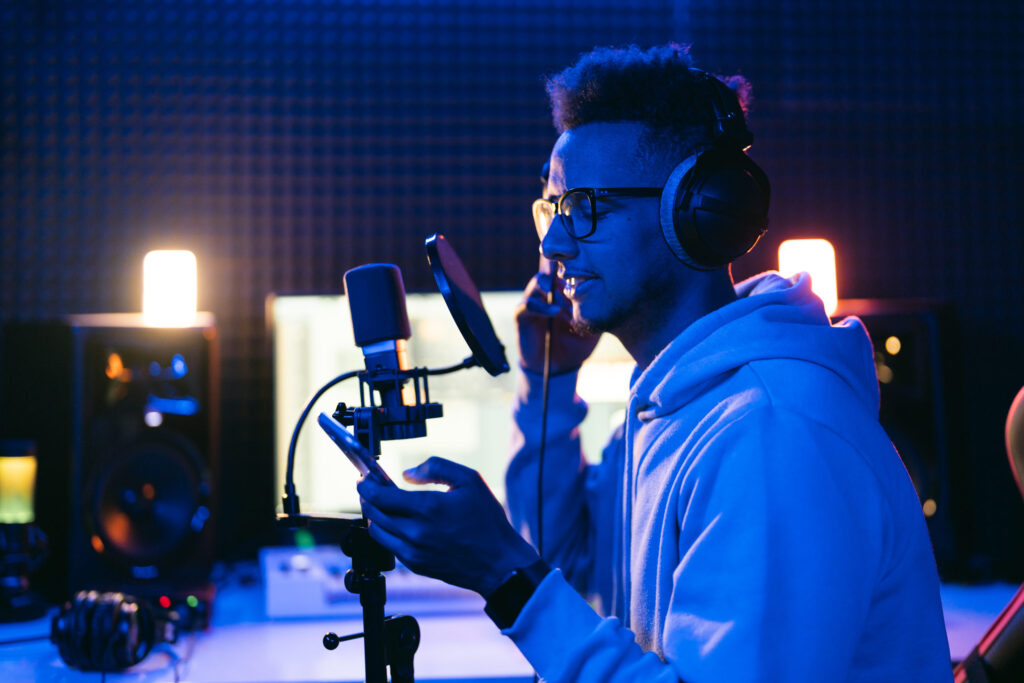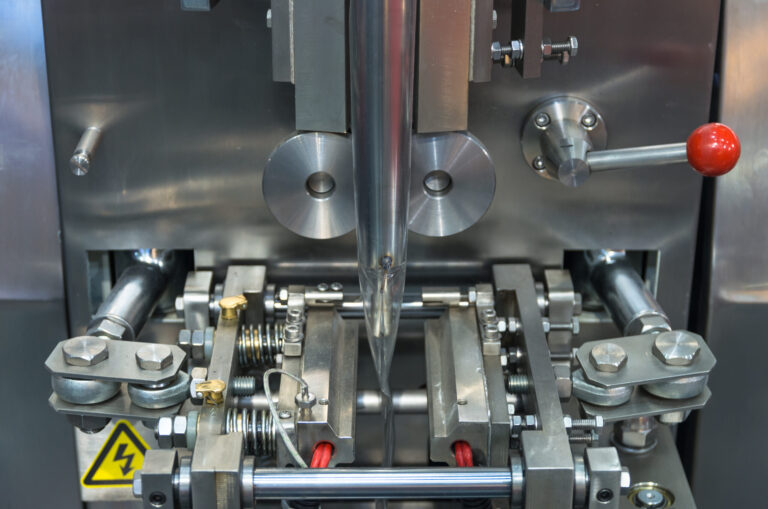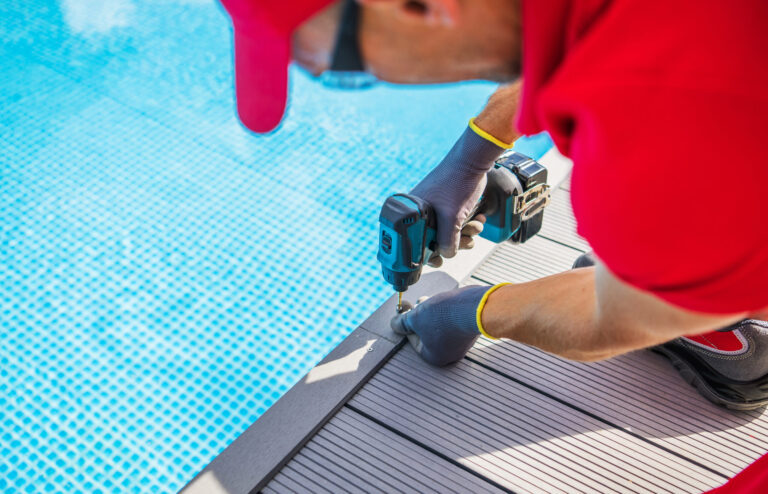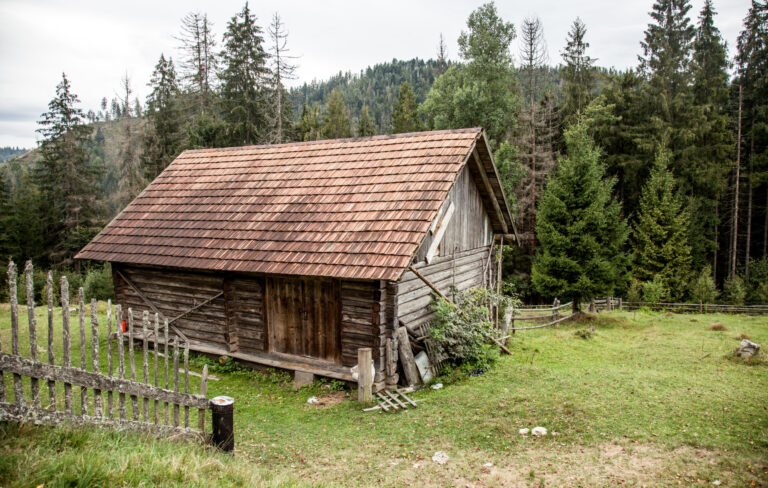Whether you’re recording dialogue, music, or sound effects, getting great audio is essential to making a great film. But what equipment do you need to get started? In this article, we’ll go over some of the best equipment for film audio recordings, so you can get started on your next project.
Microphones
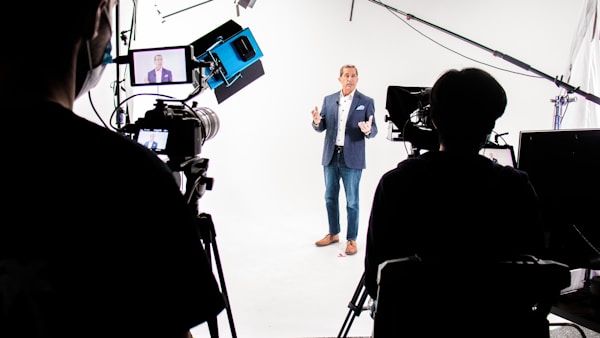
Lavalier microphones, also known as lav mics, are small microphones that clip onto clothing. They’re often used for film audio recordings because they provide good sound quality and are unobtrusive. Lav mics come in both wired and wireless models. Wired lavaliers connect to the recording device with a cable, while wireless models transmit the signal wirelessly. There are a number of factors to consider when choosing a lavalier microphone for film audio recordings. The most important consideration is sound quality. You want a microphone that will capture clear, accurate sound without distortion or noise interference. Other considerations include pickup pattern (how wide the mic’s range is), frequency response (the range of frequencies the mic can record), and impedance (the amount of electrical current the mic can handle). There is a wide variety of lavaliers on the market, so be sure to research which ones will work best with your specific equipment.
Soundboards
Soundboards, also known as audio mixers, are a piece of equipment used in film audio. They allow the user to control the levels and sounds of various tracks being recorded. Mixers have multiple channels, which can be used to control different aspects of the sound. For example, one channel might be used to adjust the volume of the dialogue, while another channel is used to adjust the volume of the music. This gives the mixer great flexibility in terms of how they want their final product to sound. In addition, mixers often have effects processors built in, which can be used to add special effects to particular tracks. This can create a more polished and professional-sounding recording.
Cables
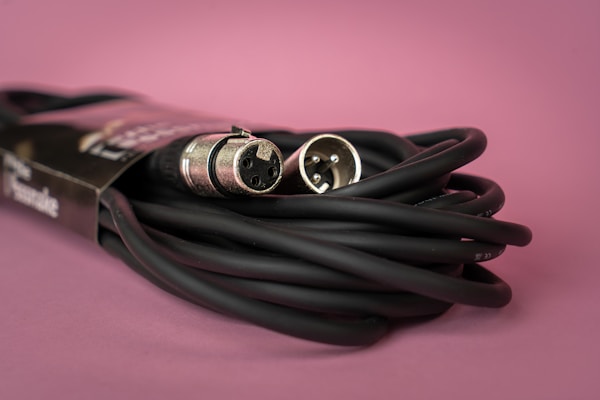
Cables are important for film audio recordings because they carry the sound from the microphones to the recording device. Good cables will minimize noise and will be made of materials that won’t corrode or tarnish over time. There are a variety of different types of cables available, so it’s important to choose the right ones for the job.
Audio cables come in two main varieties: balanced and unbalanced. Balanced cables have three wires which include two signal wires and one ground wire. The ground wire protects against outside interference, while the signal wires carry the audio signal. Unbalanced cables only have two wires, and don’t have a ground wire. This makes them less resistant to outside noise and interference, but they’re also cheaper to manufacture.
There are a few things you need to consider when choosing audio cables. You should consider the cable length, gauge, and type before making a decision. Cable length is important because you don’t want too much cable between the microphone and recorder, as this can add noise to the recording. Gauge is how thick the cable is, and determines how much current it can carry without losing quality or causing distortion. Type refers to whether a cable is balanced or unbalanced. When choosing audio cables, you should always opt for balanced cables whenever possible. They’re more expensive than unbalanced cables, but they provide better sound quality and are less prone to noise and interference. If you’re not sure which type of cable you need, consult with an experienced technician or salesperson.
No one element of audio recording is more important than any other. Instead, it’s the combination of all elements that work together that creates the best possible audio recording. This means that having the best equipment for film audio recordings is essential to achieve the best possible results.

